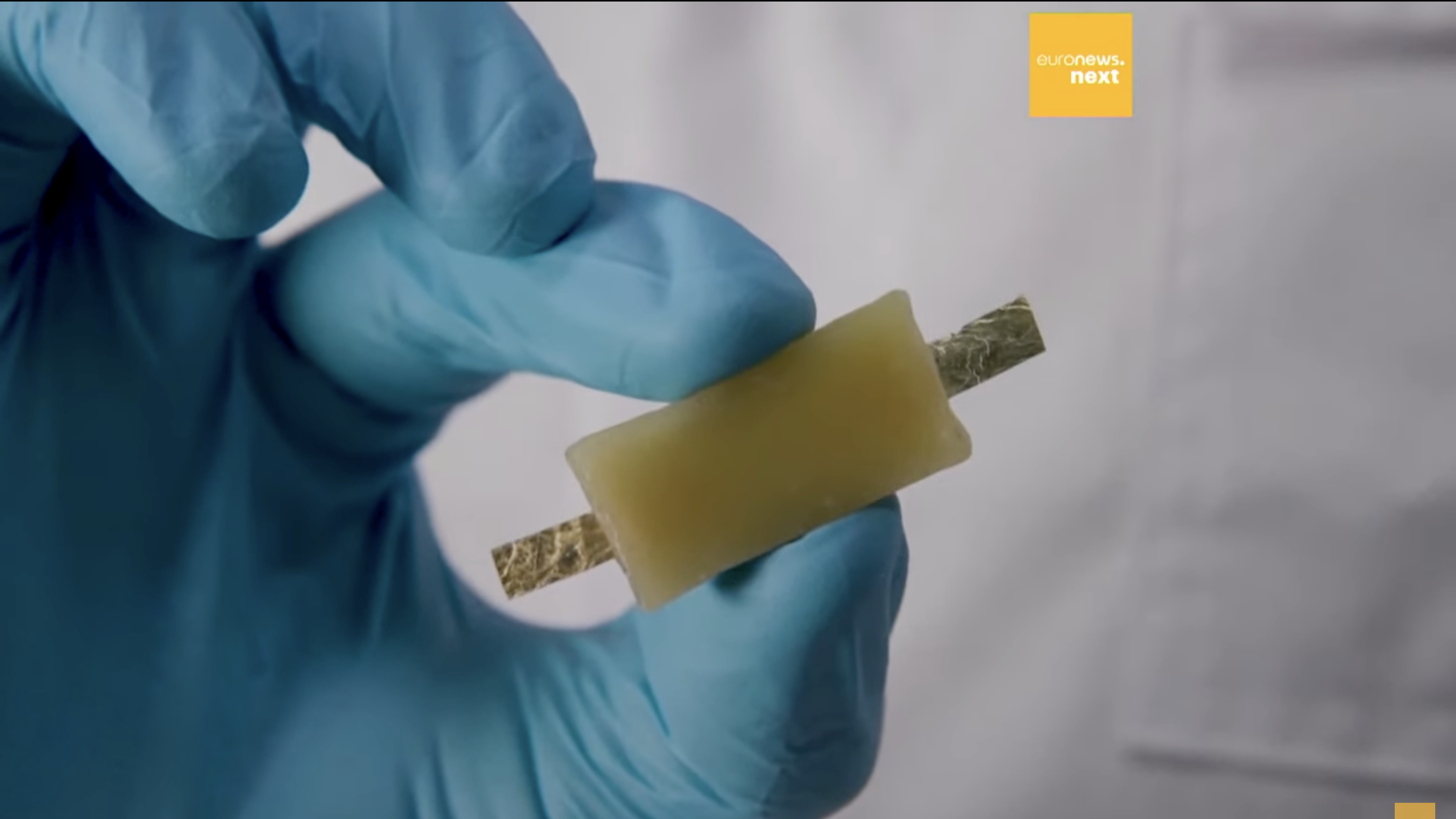Who Knew Eating Batteries Was This Much Of A Problem?
A new edible battery seeks to solve the issue—which, again, is a big issue.
Swallowing a foreign object is no joke. Depending on which non-edible item you ingest, there can be dire consequences, and that's especially true if you swallow a battery, even the little ones shaped like a disc or a tablet. Though those tiny things look relatively harmless, they can cause irreversible, if not deadly, damage to your body. Why are we talking about eating batteries? Because it's a way bigger problem than you might think.
A team of researchers at the Italian Institute of Technology has invented a fully edible, rechargeable battery, which will hopefully prevent all sorts of people from potentially injuring themselves in the future. Let's talk about why it's so common for people to swallow batteries, and how it becomes a health risk.
What happens to your body if you swallow a battery?
More than 3,500 cases of swallowed batteries get reported to U.S. poison control centers every year, according to University of California San Francisco's Benioff Children's Hospitals. Most batteries can pass through the human body, and when they do, they don't really do any lasting damage—instead, it's the ones that get stuck in transit through your digestive system that can potentially kill you.
When a battery is swallowed, saliva can trigger an electrical current from that battery. So if it gets stuck in your throat or esophagus, the current can trigger a chemical reaction that will burn the esophagus severely in just a few hours. This can even puncture a hole in the digestive tract, which is as dangerous as it sounds.
Once this process has begun, it can continue even after the battery is removed, which is why if you suspect your child has swallowed one, you need to seek emergency medical assistance right away. The same is true for if the battery gets stuck in a nostril or ear canal.
As for why so many cases get reported every year, the fact is that there are just more objects in our homes than ever before that make use of these batteries. A partial list from Benioff Children's includes: small remotes, car key fobs, calculators, bathroom scales, reading lights, flameless candles, talking and singing books, singing greeting cards, watches, thermometers, hearing aids, flashing jewelry, ornaments, games and toys.
Edible batteries, explained
The new remarkable design for an edible battery uses riboflavin (also known as vitamin B2) and quercetin, a compound commonly found in capers. In order to amplify the electrical conductivity, a water-based electrolyte is applied, while nori, or seaweed, acts as a short circuit prevention separator. Beeswax-covered electrodes and food-grade gold foil are components of the design as well.
The battery is capable of putting out 0.65 volts, which the human body can handle, and it's rechargeable, too.
How edible batteries might be used
The hope is for this type of battery to be used to power medical devices that need to travel through your digestive system. Currently, tools like wireless capsule endoscopy cameras can capture images of your digestive tract, but none of them are powered by an energy source quite like this.
Until the edible battery becomes more widely adopted, the leading battery manufacturers are using preventative measures such as bitter coating to discourage children from swallowing button batteries. No word on whether or not the beeswax one is exactly delicious, but even if it's bland, it's probably nothing a little hot sauce can't fix.
